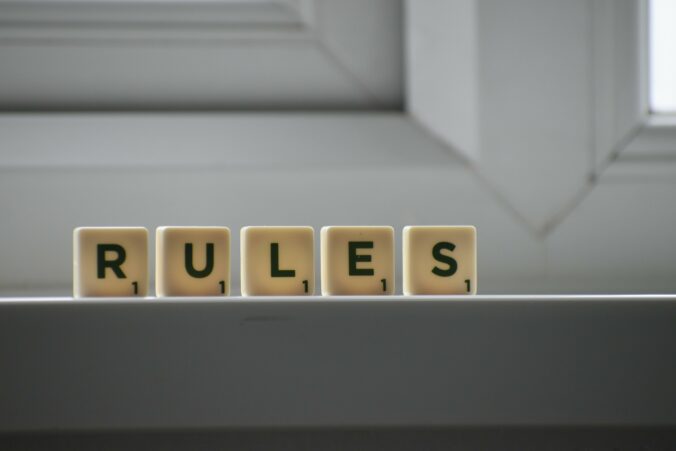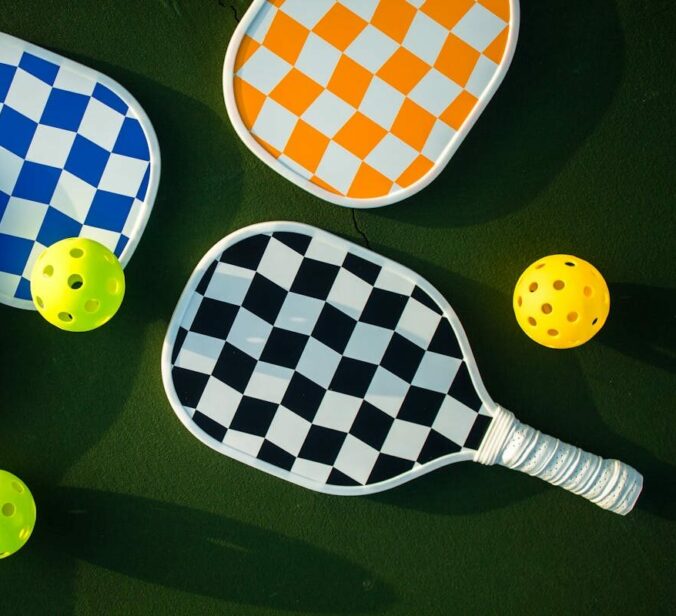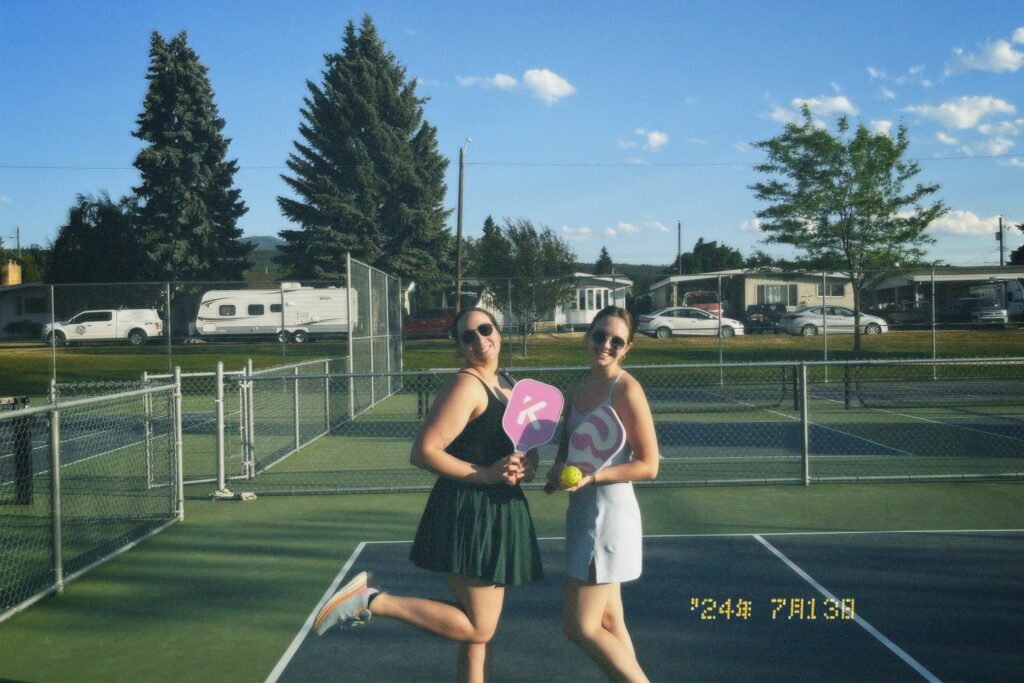Pickleball: The Basics
Pickleball is a rapidly growing sport that combines elements of badminton, ping-pong, and tennis. There are two popular stories about how the sport got its name: one story claims it’s named after “pickle boats” in rowing, which are made up of leftover rowers, while the other story attributes the name to a dog named Pickles who would chase after the ball during games.
Whether you’re new to the game or just need a refresher, understanding the basic rules of pickleball will help you enjoy the game and play smoothly.
Starting the Game
To begin, players decide who serves first by doing a coin flip or playing rock-paper-scissors. The winner gets to choose either the side of the court they want to play on or if they want to serve or receive. If you’re playing doubles, each player is responsible for covering their rectangle on the court.
Serving
The player on the right-hand side of the court always serves first. The server announces the score before each serve, and during the first round of serves, the starting team only gets one serve to ensure fairness. The score is called out in three parts: your team’s score, the opposing team’s score, and your serving number (either 1 or 2). For example, the first serve of the match will be “0-0-2.”
Here are the key rules for serving:
- The serve must be underhand, with the paddle contacting the ball below the waist.
- The server must stand behind the service line.
- The ball must be served diagonally and land in the opposite service area.
- If the ball hits the kitchen line or lands in the kitchen on a serve, it’s a fault.
- If the ball hits the net and lands in the correct service area, it is considered a “let” and the serve is replayed.
The Two-Bounce Rule
After the serve, the ball must bounce once on each side of the court before players can begin volleying (hitting the ball before it bounces). This is known as the two-bounce rule.
The Kitchen (Non-Volley Zone)
The kitchen, or non-volley zone (NVZ), is a 7-foot area on both sides of the net. Players cannot step into or touch the kitchen line while making a volley (a shot hit before the ball bounces). If a player’s paddle or any part of their body enters the kitchen while volleying, it’s considered a fault.
However, after the ball has bounced, players may step into the kitchen to make a shot. They can also enter the kitchen to retrieve a ball that has landed there, but only after the ball has bounced.
Scoring
Pickleball is typically played to 11 points, and a team must win by 2 points. In tournaments, games may go to 15 or 21 points. A team can only score points while serving, and the game continues until one team wins by a 2-point margin.
Faults
Faults in pickleball occur when:
- The ball lands out of bounds.
- The serve does not land in the correct service box.
- A player volleys the ball from within or on the kitchen line.
- The ball is hit into the net or hits the net post.
- A player touches the net or the ball touches a player.
- The ball bounces twice before being returned.
Line Calls
Players are responsible for making their line calls. If a player cannot decide whether the ball is in or out, it should go to their opponents. Players should avoid calling the lines on the opponent’s side.
Wrapping Up
By following these rules, you can enjoy the game of pickleball to its fullest. It’s a fast-paced, strategic game with simple rules that make it easy to pick up but challenging to master. Remember, sportsmanship is key, so always respect your opponents and have fun!
I created this diagram using my iPad with the lines of the court to make it easier to follow!

For more information on the pickleball rules or pickleball in general I highly suggest taking a look at the Canada pickleball website! Or if you are a visual learner, I recommend watching this short video on the basic rules!





